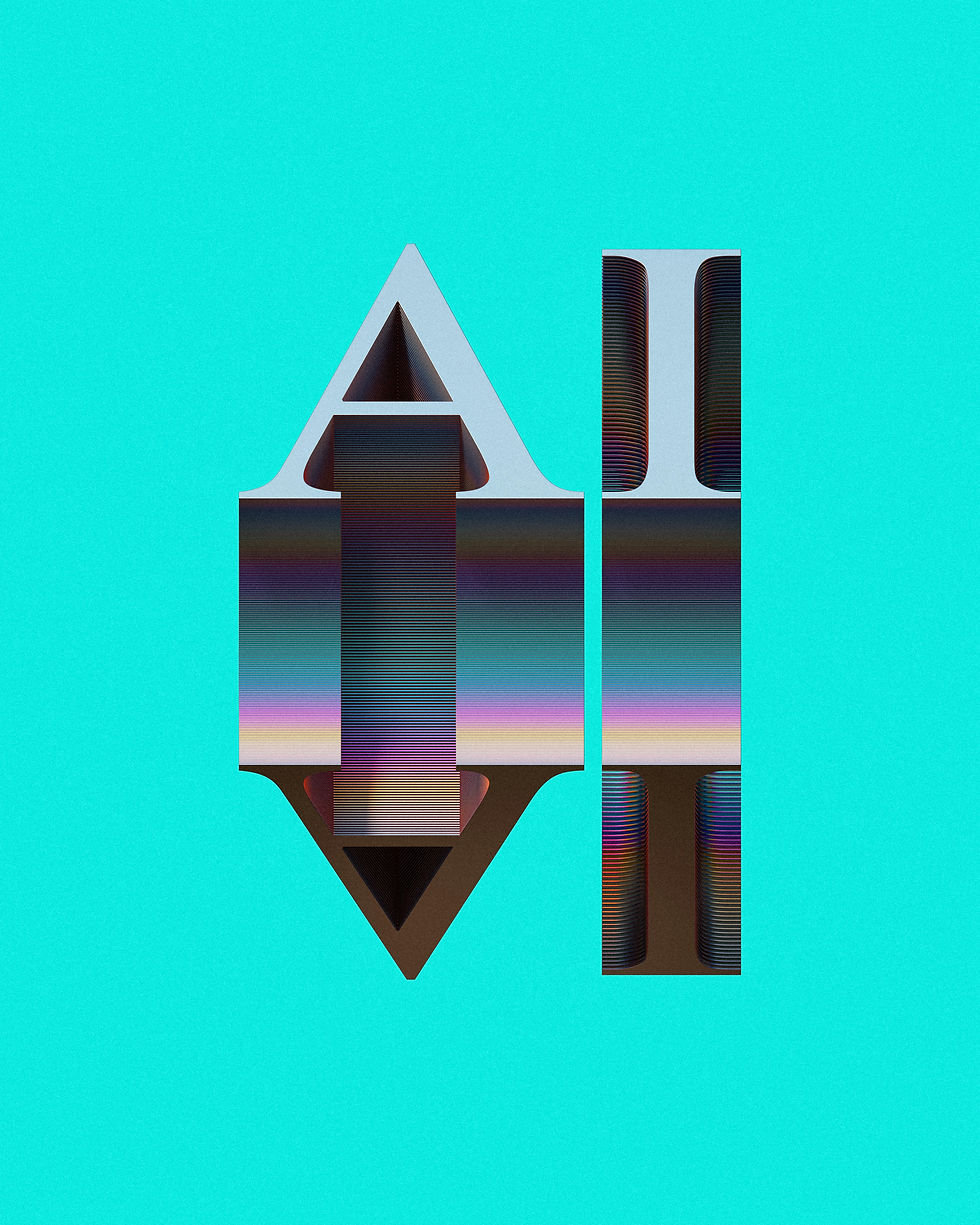4 Keys Steps To Get You Into A Flow State
- Virginie Glaenzer

- Nov 23, 2022
- 4 min read
Updated: Feb 5, 2024
Brainstorming In The Age Of AI, Machines And Creativity

We’re no longer competing with machines and for that reason, creativity is the new currency.
While we are trained to focus on efficiency in our work, we are losing the battle. In a world of artificial intelligence and technology, efficiency is no longer our greatest asset.
The lack of focus is the new pandemic.
Did you know that the average knowledge worker:
is only productive for 2.3 hours per day,
checks email 36 times per hour
is interrupted 56 times per day or every 11 minutes
Why We Work The Way We Do
Around 1850, the world was on the verge of a fundamental change: Efficiency.
In his book, The Principles of Scientific Management, Fred W. Taylor wrote down how to make large groups of people work together well in four principles with one purpose only: efficiency.
His four principles were:
Every task has one right way of doing it: the most efficient way. That’s why work should be split up into small, simple and separate tasks — done by different people.
Work should be divided between managers and workers, where managers spend their time planning and training, allowing the workers to perform their tasks efficiently.
Performance should be monitored, and workers should be instructed and supervised to ensure that they’re working in the most efficient way.
Instead of assigning workers to any job, workers should be matched to their jobs based on their capability and motivation, and trained to work at maximum efficiency.
I invite you to look at your own way to work.
How do you work? Do you split up tasks, divide your work with other people, monitor them, train yourself or others to be at maximum efficiency?
Look at your calendar, tasks list and just notice the way you work.
We can’t change what we don’t acknowledge.
What Is Flow State?
We’re trained to be efficient and productive, but we’ve lost our lead. To find our way back, it revolves around improving our focus to unleash our creativity.
It’s called the flow state which the experience of being so absorbed by an engaging, enjoyable task that your attention is completely held by it.
When you are in a state of flow, you lose the sense of time, self-consciousness, and anything that doesn’t have to do with the task at hand.
3 Steps to Unlearn Efficiency and Develop Flow and Creativity
1. Environment
Our environment can either help us thrive or make us feel uninspired.
Here are 7 key physical and emotional environment elements to assess:
Lighting
Temperature
Noise
Humidity
CO2
Compassionate culture
A risk-taking culture
I invite you to assess these elements and acknowledge what’s working and what’s not working for you. We all need to provide ourselves with what we need to be happy and healthy.
Personal responsibility is the form of inner leadership that takes care of your well-being.
2. Technology
There is an abundance of tools that can help you get into the flow by taking care of all the consuming tasks so you can be free to do the more creative work, the deeper thinking.
What is your tech stack? The essential includes:
Time management tools with Calendly
Information and content management tools with Google suite, Zapier, Copy.ai, Grammarly
Communication tool with Slack
Outsourcing services with virtual assistants and fractionals executives
3. Pre-flow Ritual
Focus is where ideas and vision of the future strike us.
It’s how we find solutions, and when we focus, we become creative. There is something to say about becoming focused, getting in the flow.
It’s a process similar to falling to sleep. Here are 3 steps to engineer your flow state.
Choose a clear goal: Choose a task that is is challenging but not too difficult and pick the right task that doesn’t require group work.
Make it easy to focus: Cut out distractions, turn your phone off, or use the Pomodoro method based on 30 minutes incremental work time.
Create a pre-flow ritual: Try deep breathing, using a pleasant scent or listening to music to trigger the behavior you want.
Why is it that ideas pop-up when we are taking a shower?
When we let go and relax, we let our mind do what it does best: solve problems.
In conclusion
First, I invite you to challenge your current habits by asking your mind to work during activities that we consider “recreational” time.
Find the best time to work that works for you: 9 to 5 is a myth. Work smarter, not harder. Perhaps you’re a morning person, or is it more accurate to say that your best ideas come at night?
Second, I urge you to overcome the old belief that working means sitting at a desk. Put on your calendar: walk in the park session.
Once you’re focused, time e x p a n d s and new ideas emerge.
About the Author
Secure your fractional executive today!






Commentaires